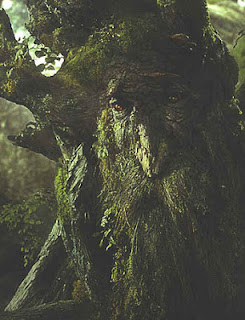Springtime in the Forest
All of these are nature's reminder to steer away from the floral cliches and celebrate spring with other plant-parts. If you are like me, spring is the time of year to rediscover the classic Fougeres in your wardrobe, and discover new plants that are coming to life, as well as discover new wild plants to forage and bring nature home, literally, after our long hibernation.
1. Fiddleheads

Perhaps it's the fiddleheads - spring to me is the best season to enjoy fragrances from the Fougère (fern in French) family. Namely, l'Herbe Rouge. You might also want to try my idea for an Edible Fougère Recipe: Fiddleheads in Lavender Butter.
2. Fir Buds & Violet Leaves

A wonderful way to enjoy the scents of the forest all day long is place a few of these conifer buds in your water bottle. Douglas Fir is the most delicious of all - and the needles can be used that way year-around. You'll stay hydrated and also benefit from the vitamin C that is naturally occurring in these leaves (the only local source of those until the summer berries ripen). They smell like a Christmas tree and have delicious, slightly tart lemon-tangerine aroma. 
Rainforest perfume captures the scent of the temperate Pacific Northwest forests - the largest of the temperate forests in the world, and with the most productive biomass. It combines the fragile, crisp cucumber notes of violet leaf with damp forest floor with spruce, juniper and pine.

Rainforest also makes use of my very own wild-harvested elderflowers essence - which is our next topic!
3. Elderflowers

4. Cottonwood & Balsam Poplar Buds
Etrog Oy de Cologne, however, uses a different part of a tree from the same family: balsam poplar buds absolute. It gives it a unique, honeyed aroma that echoes the sweetness of the rare citron fruit. And speaking of citrus - have you heard about the Citrus & Cologne Week-long Course (May 4-8)? It's perfect for beginner students of perfumery, and there are 2 spots available.

For more ideas on how to celebrate the beauty and diversity of this planet with local, handcrafted perfumes made with wild-harvested botanicals, visit ayalamoriel.com.






